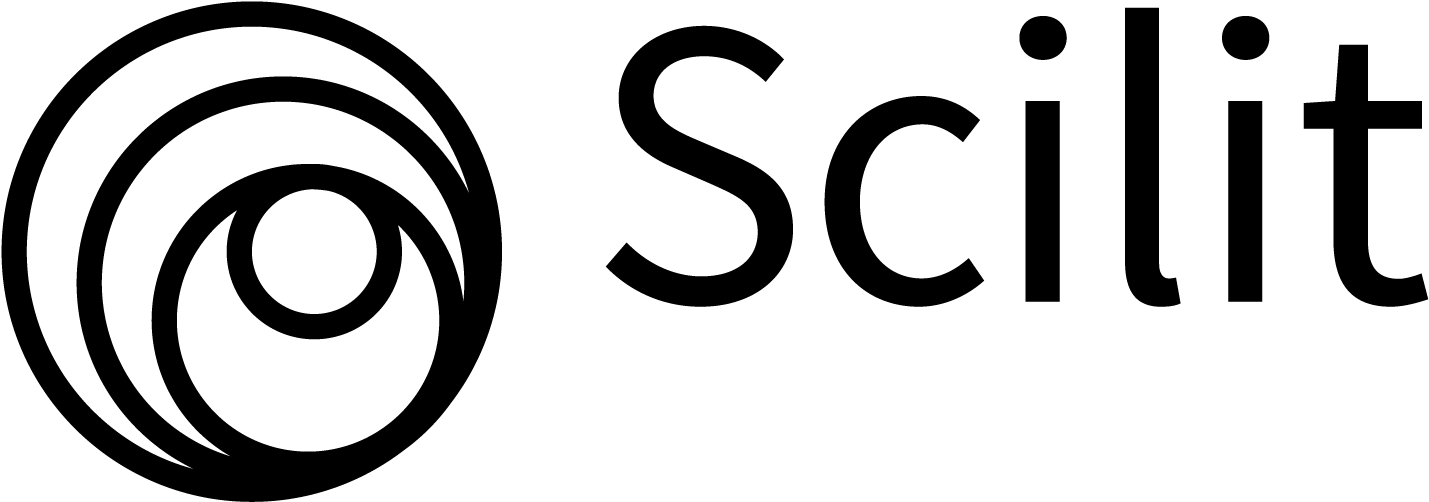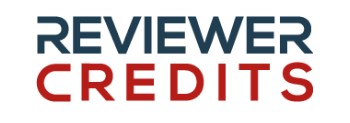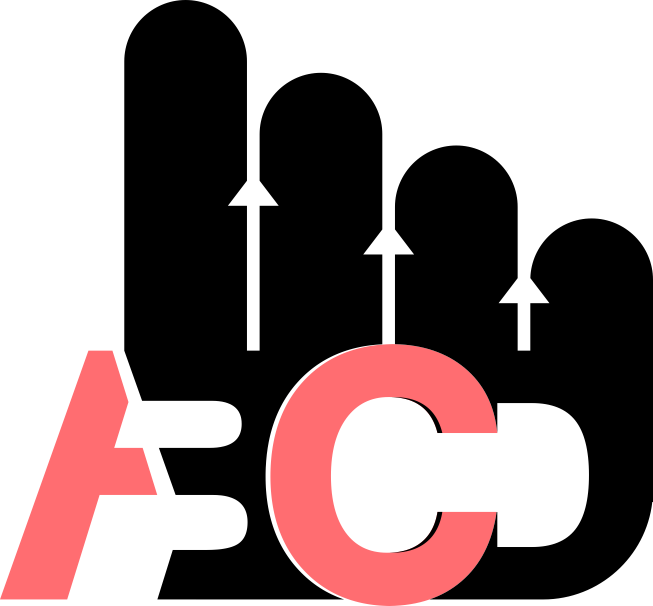The Efficacy and Safety of Superficial Chemical Peel in the Treatment of Plane Wart
DOI:
https://doi.org/10.56056/amj.2018.36Keywords:
Chemical peel, Glycolic acid, Plane wart, Salicylic acidAbstract
Background and objectives: Treatment of plane warts is problematic, methods such as cryotherapy and cauterization is associated with high recurrence rate beside the risk of scar, pain and high cost. The aim of this study is to assess the effectiveness and safety of salicylic acid 30% superficial chemical peels in comparison with glycolic acid 70% solution in treatment of Plane wart.
Methods: Sixty patients with plane wart were included in this comparative therapeutic trial. The patients have been divided randomly in two groups, group-A (30patients); have been treated by 30% salicylic acid solution while group-B (30 patients); have been treated by glycolic acid 70% solution. The full therapeutic session was six (6) and the solution was applied fortnightly. The response to the treatment was assessed every 2 weeks by counting the number of lesions.
Results: After completion of the 6 sessions there was a significant decrease in the number of the warts in group A patients compared to group B, group-A; mean number of lesions before treatment was 43.9± 30.78 and after treatment was 15.6± 7.9 while in group B; mean number of lesions before treatment was 38.0 ±33.0 and after treatment, it was 17.85 ± 20.32. There was statistically a significant reduction in number of lesions in group A.
Conclusions: Salicylic acid 30% solution can be more successful and safely used for the treatment of plane wart than glycolic acid 70% solution by the dermatologist. Salicylic acid 30% solution in comparison with glycolic acid 70% solution can induce more rapid response and fewer side effects.
Downloads
References
Jayaprasad S, Subramaniyan R, Devgan S. Comparative Evaluation of Topical 10% Potassium Hydroxide and 30% Trichloroacetic Acid in the Treatment of Plane Warts. Indian J Dermatol. 2016; 61(6): 634–639.
Sterling J. Virus infections. In: Burns T, Breatnatch S, Cox N, Griffith C, editors. Rook’s Textbook of Dermatology. 8th ed. West Sussex, UK: Wiley-Blackwell; 2004. 3339–41.
Hunter J, Savin J, Dahl M. Clinical Dermatology. 4th ed. New Jersey: Blackwell Publishing Company; 2008. 235–9.
Vali A, Ferdowsi F. Evaluation of the efficacy of 50% citric acid solution in plane wart treatment. Indian J Dermatol. 2007; 52:96–8.
Salih H, Fadeel B. Evaluation of isotretinoin gel and oral zinc sulphate in the treatment of plane warts. J Fac Med Baghdad. 2008; 50:448-50.
Al Obaidi H. Topical 5 fourouracil versus topical tretinoin 0.05% in treatment of plane wart: randomized controlled comparative trial. Glob- al J Bio-Science and Biotechnology. 2013; 3: 368-72.
De Clercq E. Recent highlights in the development of new antiviral drugs. Current opinion in microbiology. 2005; 5: 552-60
Arif T. Salicylic acid as a peeling agent: a comprehensive review. Clinical, Cosmetic and Investigational Dermatology. 2015; 8: 455-61.
Rodriguez-Cerdeira C, Sanchez-Blanco E. Glycolic Acid 15% Plus Salicylic Acid 2% A New Therapeutic Pearl for Facial Flat Warts. J Clin Aesthet Dermatol. 2011; 9:62–4
Kaur G, Brar B, Kumar S, et al. Evaluation of the efficacy and safety of oral isotretinoin versus topical isotretinoin in the treatment of plane warts: a randomized open trial. Int J Dermatol. 2017; 12: 1352–8
Brzezinski P, Borowska K, Chiriac A, Smigielski S. Adverse effects of isotretinoin: A large, retrospective review. J Dermatol Ther. 2017; 30: 12483
Al-Hilo M, Al-Saedy S, Jawad W. Treatment of plane wart with topical adapaline gel 0.1%: an open therapeutic trial. J of applied medical sciences. 2013; 2: 87-98.
Murad A, Hajji A, Alqaisy M . Ultraviolet A is an efficient therapy for plane warts. DJM.2016; 11:62-77.
Downloads
Published
Issue
Section
License
Copyright (c) 2023 Ayhan Omar Abdulkareem, Ali M. D hahir Elethawi

This work is licensed under a Creative Commons Attribution-NonCommercial-ShareAlike 4.0 International License.
The copyright on any article published in AMJ (The Scientific Journal of Kurdistan Higher Council of Medical Specialties )is retained by the author(s) in agreement with the Creative Commons Attribution Non-Commercial ShareAlike License (CC BY-NC-SA 4.0)













